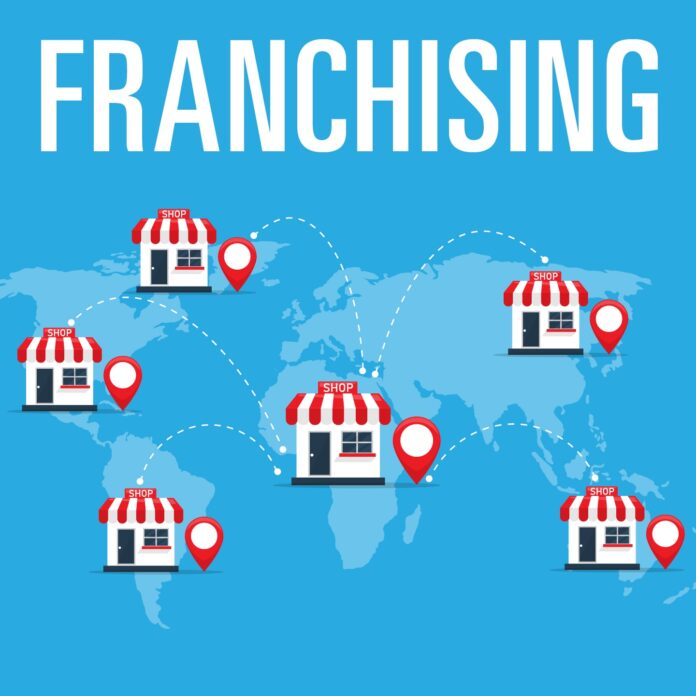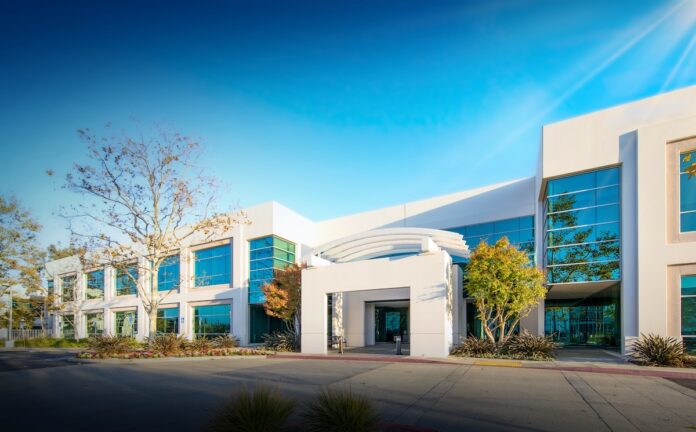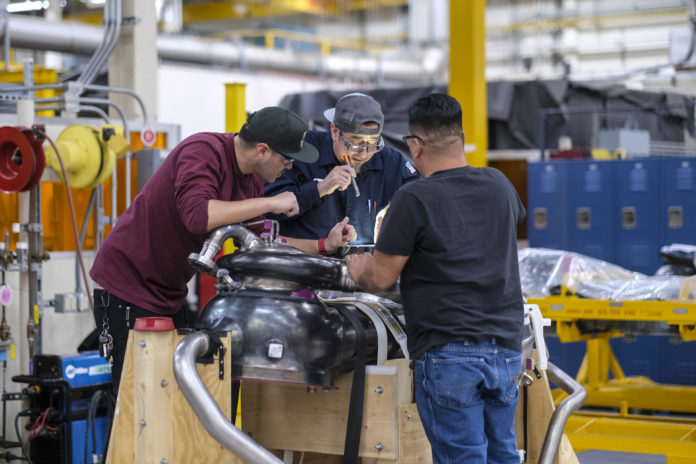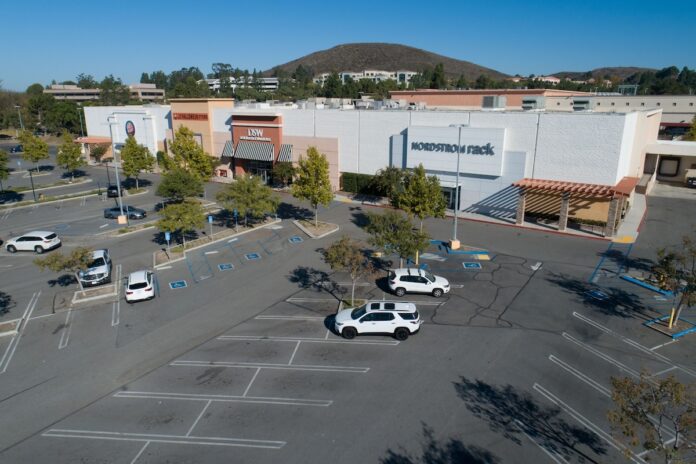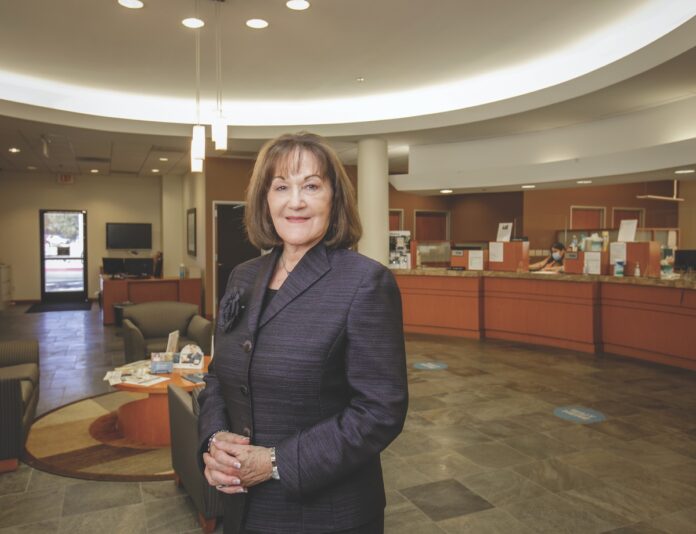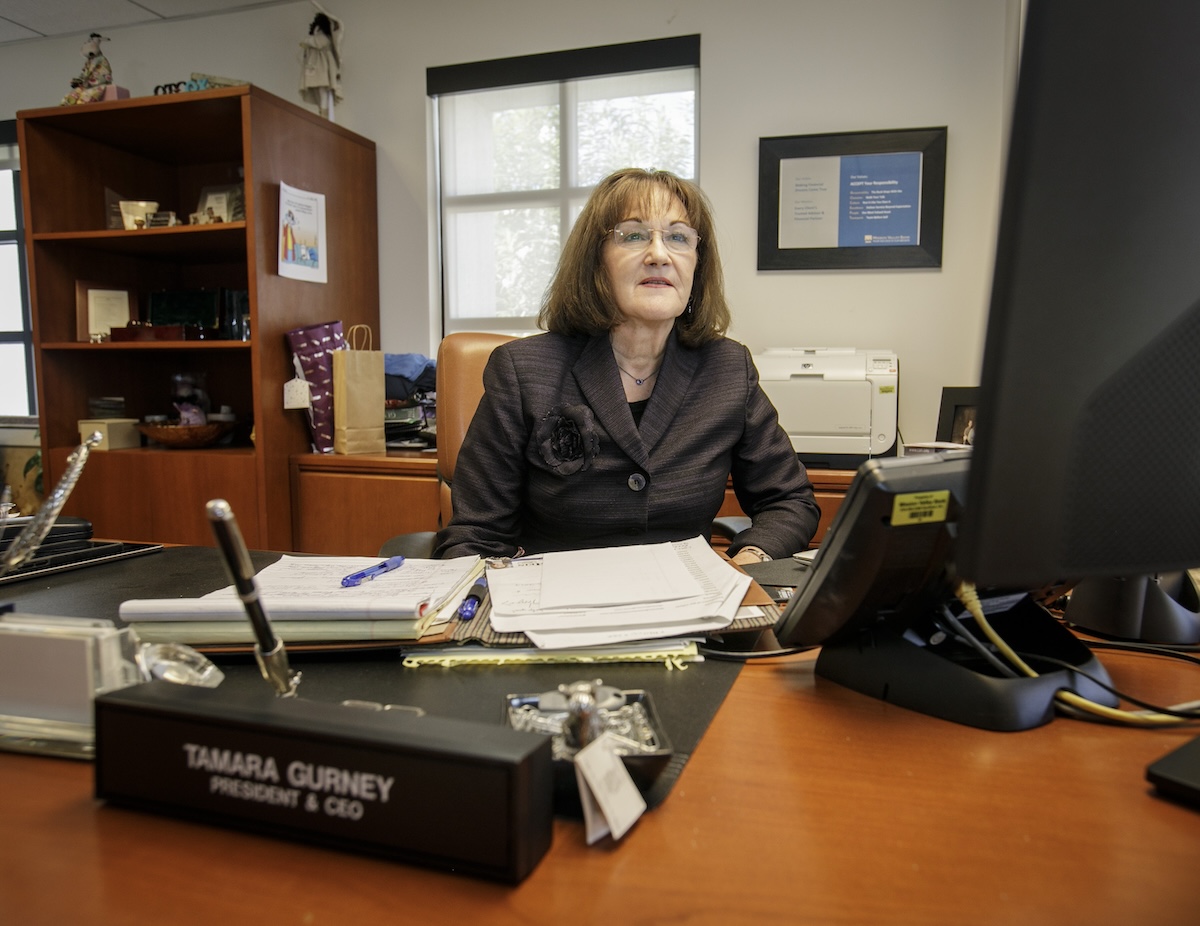While faith in the coworking model has been challenged recently, office space rental company TailoredSpace is confident about its continued demand. In fact, the company plans to nearly double its portfolio by the end of the year with new locations including in Santa Clarita and Laguna Niguel.
“We take a highly disciplined approach to growth,” Drew Sanden, chief executive and co-founder of TailoredSpace, said. “There are certain key factors that we look for in potential expansion sites. Laguna Niguel and Santa Clarita definitely check the boxes for higher per capita income, easy freeway access, strong retail and visibility.”
With the rise of hybrid work and flexible accommodations, West Covina-based TailoredSpace promotes coworking and communal spaces for fixed-price monthly fees – members can rent a desk starting at $225 a month or a fully furnished private office starting at $650 a month.
The new, 20,000-square-foot Santa Clarita location, which will be located at 2761 Lincoln Place in Vista Canyon, is set to open in August. The office fronts the 14 Freeway, adjacent to the brand-new Vista Canyon Metrolink Station.
Coworking strengths
Although the market for coworking has shrunk, averaging 5.6 million square feet at the end of 2019 versus 3.6 million square feet today, according to Jones Lang LaSalle Inc., experts believe the model is still a viable option for businesses.
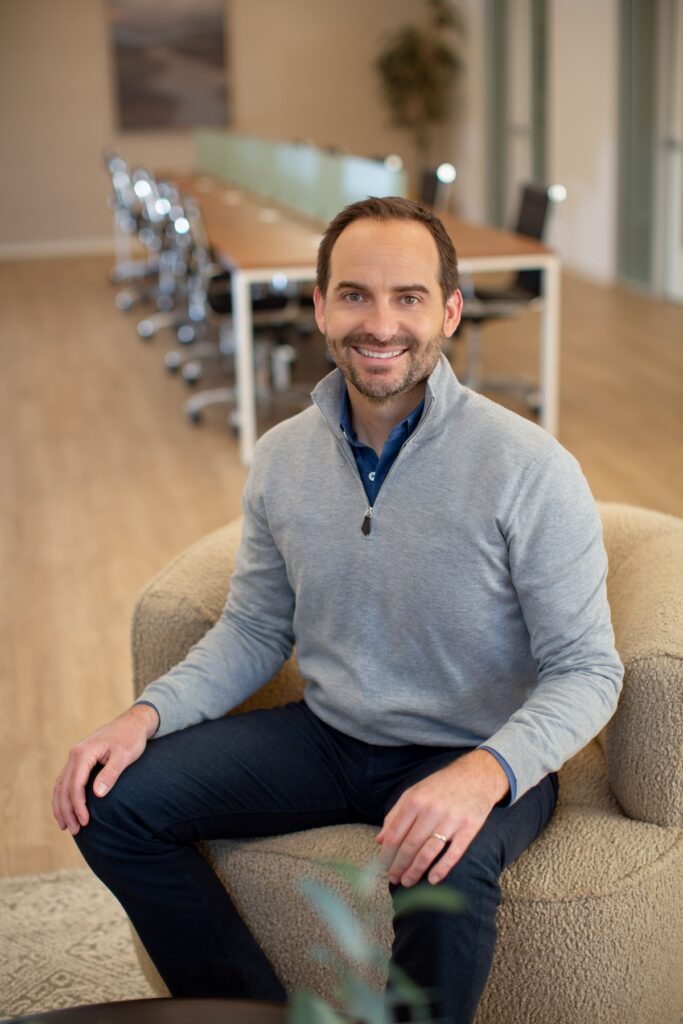
“I think the state of the office market and office needs is still heavily dictated by employees versus employers,” said Jackie Benavidez, a vice president and office broker at CBRE Group Inc. “I think employees are focused on the experiential officing model and I think coworking options meet many of those needs.”
Benavidez noted that some of these benefits include having collaborative areas paired with private options, drinks on tap and feeling a sense of community.
“And I think you’re able to achieve a lot more flexibility as an employer especially when you have a lot of the workforce still working in these hybrid models,” Benavidez said. “I think it’s really helpful to be able to dictate on a month-to-month basis what your capacity needs will be and what that headcount looks like so you’re not paying for parking spaces when you don’t have employees coming in.”
While the company made its debut in 2019, making it still relatively young, it attributes its expansion plan to the success of its existing locations.
Last year, TailoredSpace and its smaller sister brand SimplerSpace, which targets landlords needing to fill vacant space, added a total of three new campuses and grew its combined square footage by more than 58%, underscoring the demand for unconventional office options, according to TailoredSpace.
Unique model
And while doubts have been raised regarding the strength of the coworking model, specifically following the demise of coworking company WeWork Inc. which struggled with costly leases and underperformance as a result of cancellations of agreements from corporate clients, TailoredSpace has a different approach.
Unlike other coworking companies which rely on the traditional model – in which coworking operators sign a long-term lease and attempt to arbitrage their lease with revenue from coworking – TailoredSpace does not sign formal lease contracts.
Instead, it signs long-term management agreements, essentially acting as the property manager or service provider of a given space. While the company takes on operations, the landlord assumes all standard responsibilities – including handling the upfront costs of tenant improvements and accessories such as furniture, fixtures and equipment.
In return, TailoredSpace creates a passive structure for the landlord – overseeing things like the design of the space, construction oversight, advertising and marketing, staffing, billing and accounting, site management and member relationships – and is awarded with a monthly management fee based on the performance of the space.
“Our goal with shifting from leases to management agreements is to align the ownership’s interests with ours,” Sanden said.
“Historically, if a coworking operator signs a lease with a landlord, they’ve set up in an adversarial position with the landlord because they’re trying to get the lowest possible lease rate so that they can arbitrage that with the revenue generated from their coworking operations,” he added. “With our management agreements, TailoredSpace’s compensation is based entirely on the site’s performance. The higher the site’s occupancy, the more money the landlord and TailoredSpace make.”
Other coworking companies have adopted this model too, including Switzerland-based International Workplace Group and New York-based Industrious and Convene which have signed management contracts.
TailoredSpace is targeting suburban work environments rather than dense urban centers– stemming from the post-pandemic trend of employees wanting to live closer to work.
“These core markets, I think a lot of them, especially in Southern California, are potentially oversaturated,” Sanden said. “But when you go into the secondary markets and the suburban markets, I think that’s where you’re seeing a lot of the opportunity for growth because there is a lot of pent-up demand. And so that’s where we see the opportunity.”
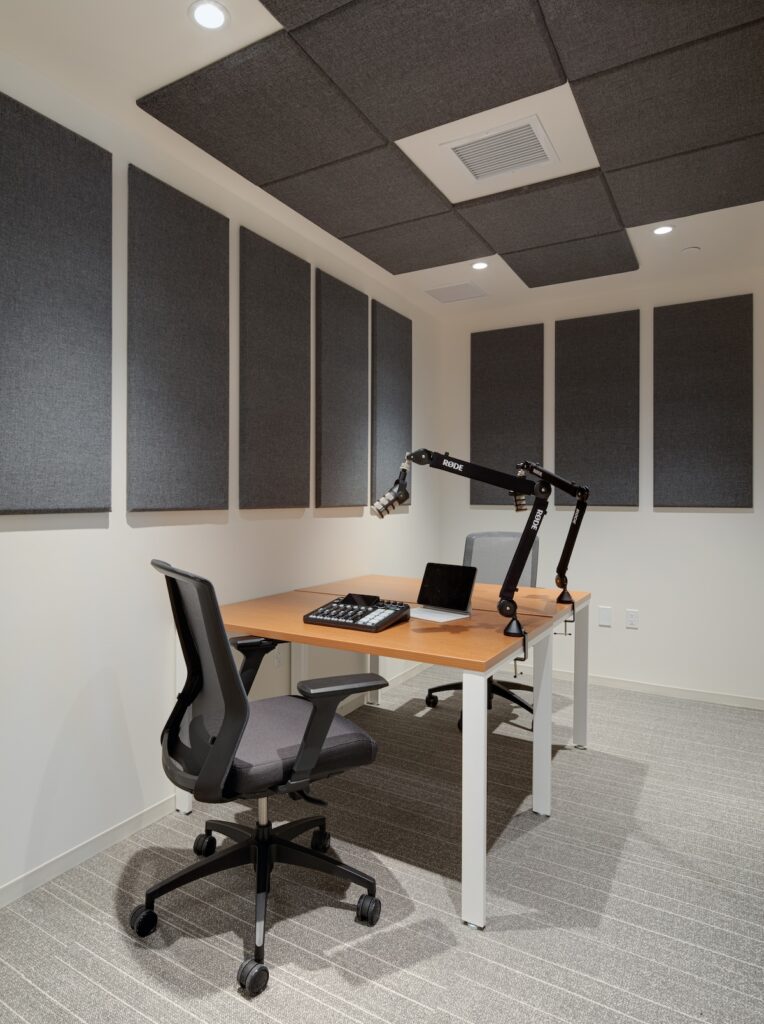
Proximity
About 80% of its members live within a 5-mile radius of a TailoredSpace location, all of which reside in areas with high per capita income, convenient freeway access and retail options in easy walking distance, according to TailoredSpace.
“Within the suburban markets, the further away you get form urban cores, the fewer coworking operations exist,” Marin Turney, an executive vice president and office leasing expert at JLL, said. “In the markets where TailoredSpace has expansion plans, there may be fewer players and fewer competitors from them from a coworking perspective. I think, depending on exactly how they execute, that could work in their favor.”
California expansion
Currently, TailoredSpace has 10 locations found in West Covina, Brea, Carlsbad, Chino Hills, Corona, Rancho Cucamonga, Riverside and San Juan Capistrano – many of which are second generation office spaces.
The latest one in San Juan Capistrano sits at 14,000 square feet, an average size for a TailoredSpace location and, earlier this month, the company announced plans to open eight new locations by the end of 2024.
Although none of the firm’s current locations are former WeWork offices, Sanden noted that TailoredSpace is “in discussions on one or two in Southern California right now.”
And while the company hopes to one day expand out of California, its cautious approach means taking each growth opportunity one step at a time.
“For us, it’s important not to overextend our time and ourselves in this,” Sanden said. “We’re really trying to build in our backyard and then grow out from there. We’ve had some other opportunities in other markets, and we’re definitely exploring them, and I think we will eventually get outside of California, but I think the next logical step for us is to continue to grow inside of California before we start expanding outside.”

